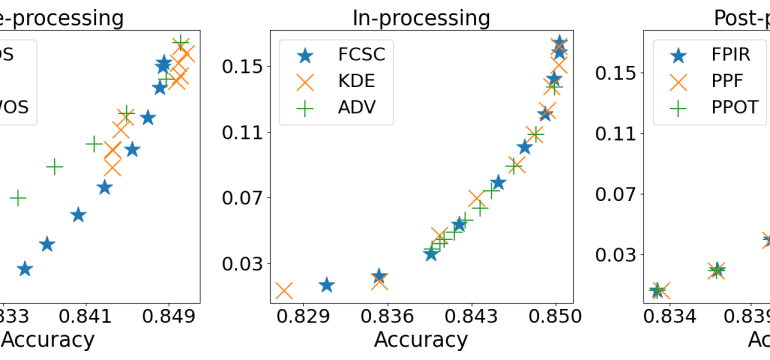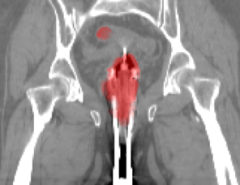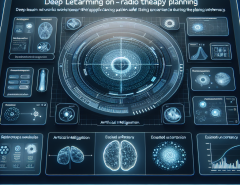Authors: Xianli Zeng, Guang Cheng, Edgar Dobriban
Published on: February 05, 2024
Impact Score: 8.12
Arxiv code: Arxiv:2402.02817
Summary
- What is new: The paper introduces methods for Bayes-optimal fair classification that minimize classification error under fairness constraints, using new notions of linear and bilinear disparity measures.
- Why this is important: Machine learning algorithms can impact protected groups differently, creating fairness issues.
- What the research proposes: Developed methods for achieving fair classification by understanding and leveraging the properties of linear and bilinear disparity measures in conjunction with fairness constraints.
- Results: These methods are shown to control disparity directly while maintaining close to optimal fairness-accuracy trade-offs, performing better than existing algorithms.
Technical Details
Technological frameworks used: Bayes-optimal fair classification
Models used: Probabilistic classifiers, Neyman-Pearson lemma
Data used: Group-wise regression functions
Potential Impact
Tech companies using machine learning for decision-making processes, HR and recruitment software industries, loan and credit scoring sectors
Want to implement this idea in a business?
We have generated a startup concept here: EquiLearn.



Leave a Reply